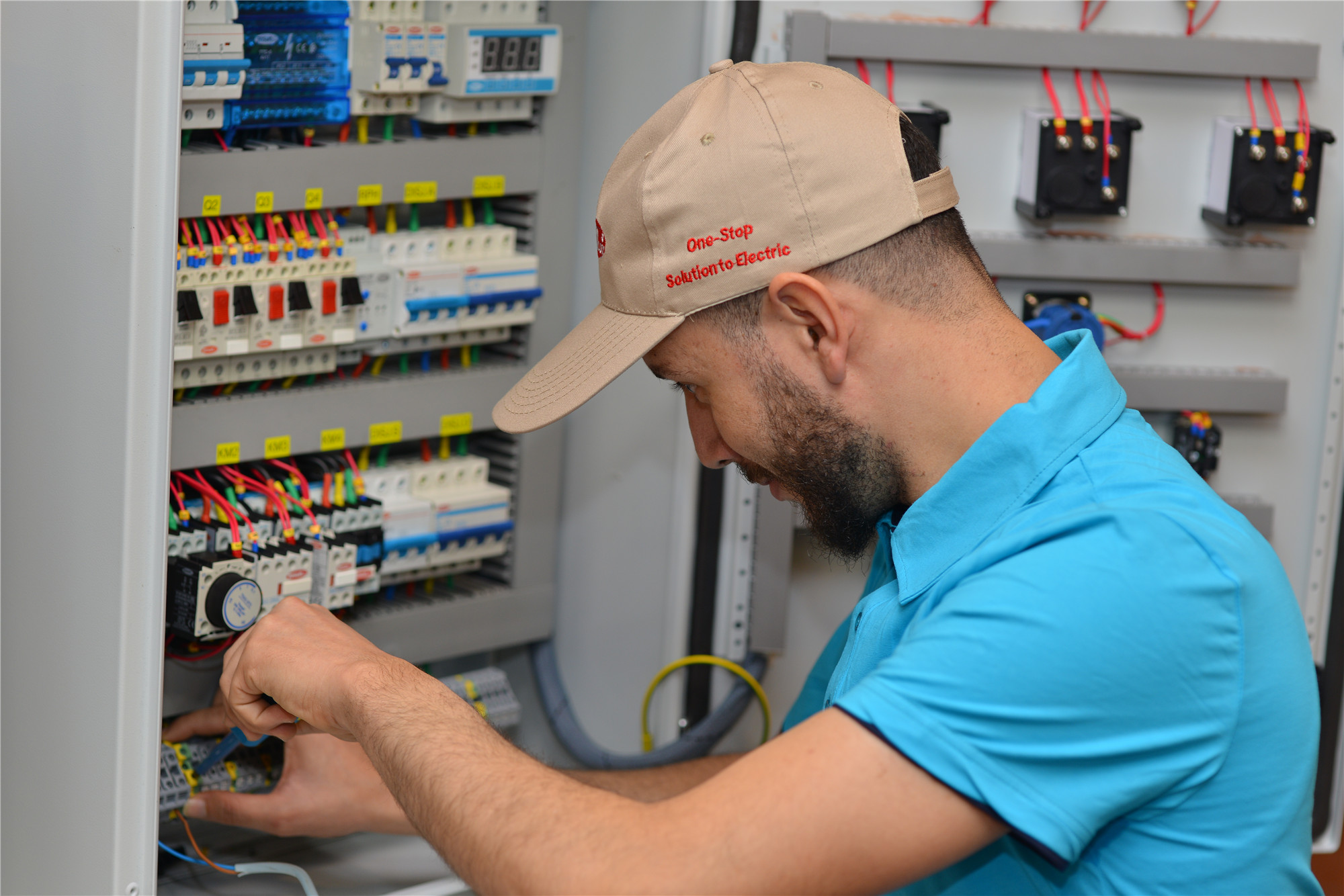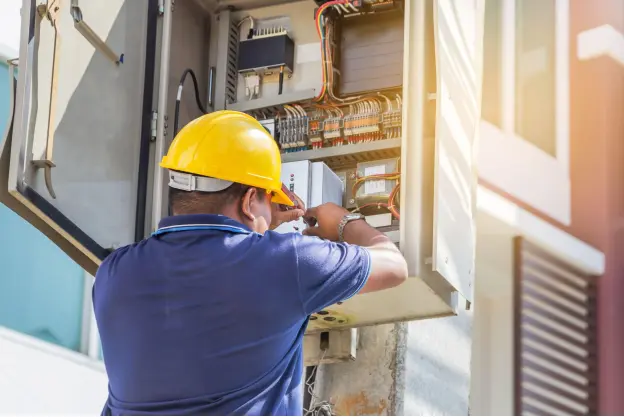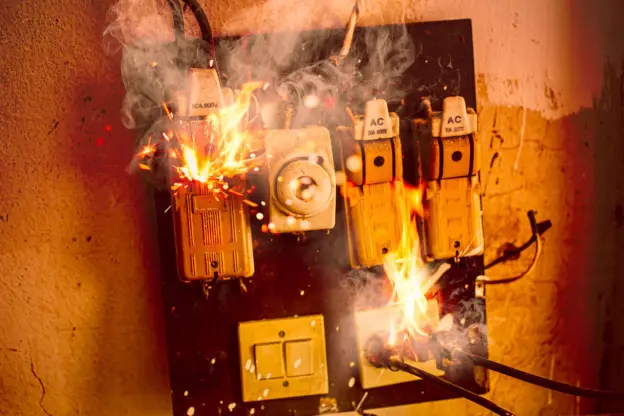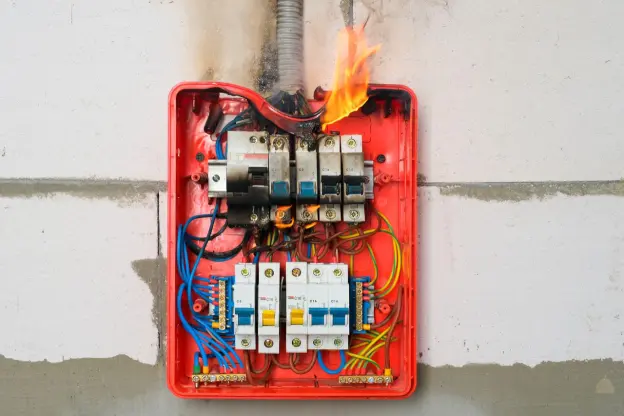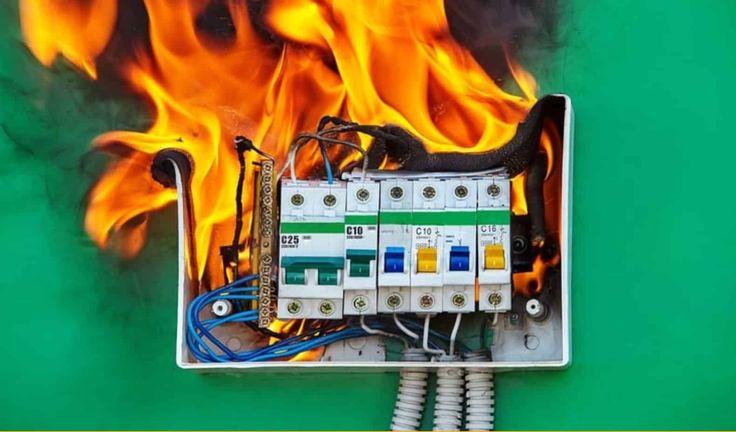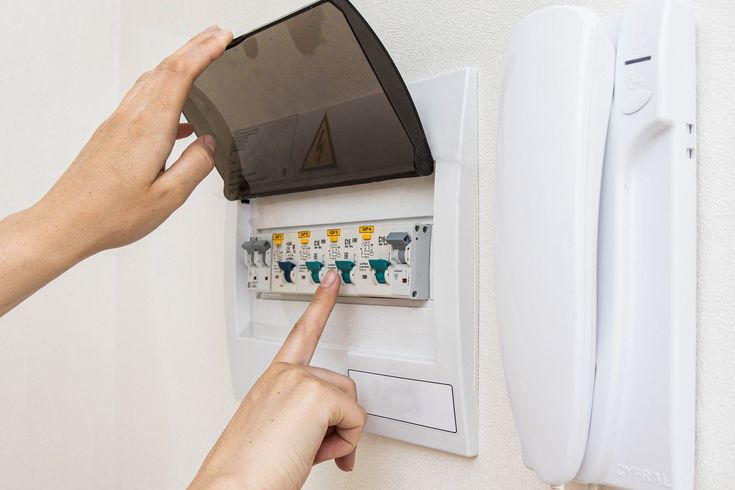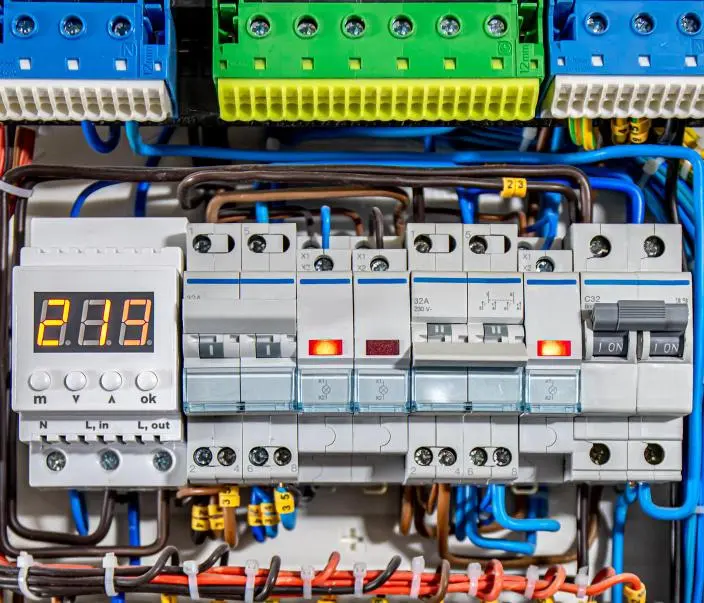How Is Electricity Distributed To Our Homes?
23rd Dec 2024
Electricity powers our lives, from lighting homes to running appliances. But have you ever wondered how electricity reaches our home? The process involves several steps, each critical for ensuring safe and efficient delivery. Step 1: Generating Electricity The first step in delivering electricity to your home is generating it at power plants. These facilities use a mix of renewable and non-renewable energy sources to create electrical power. Renewable sources include wind, solar, and hydropower, offering cleaner and more sustainable energy. Non-renewable sources like coal and natural gas provide energy when renewable supplies are insufficient. It means electricity generation involves converting energy into electrical power. For example: Thermal plants burn fossil fuels to produce steam, which drives turbines. Hydroelectric plants use flowing water to spin turbines directly. Solar panels generate electricity by converting sunlight into energy using photovoltaic cells. The generated electricity is produced at high voltages, which reduces energy loss during transmission. Step 2: Transmission – Sending Electricity Long Distances Once electricity is produced, it enters the transmission network. These high-voltage lines carry electricity over long distances to local areas. Step-up transformers at power plants increase voltage to reduce energy loss. Transmission lines, supported by towers or running underground, act like highways for electricity. This system ensures that electricity reaches regional substations efficiently and safely. Step 3: Substations and Voltage Adjustment At substations, electricity is prepared for distribution. Step-down transformers reduce the voltage to levels safe for homes and businesses. It means that electricity, now at lower voltages, is ready to enter the local distribution […]
Read More : +86-139 0587 7291
: +86-139 0587 7291 English
English Español
Español Русский
Русский Français
Français العربية
العربية Português do Brasil
Português do Brasil Українська
Українська Türkçe
Türkçe Polski
Polski Nederlands
Nederlands Italiano
Italiano Bahasa Indonesia
Bahasa Indonesia हिन्दी
हिन्दी اردو
اردو አማርኛ
አማርኛ Հայերեն
Հայերեն ไทย
ไทย Монгол
Монгол فارسی
فارسی Shqip
Shqip Ελληνικά
Ελληνικά
